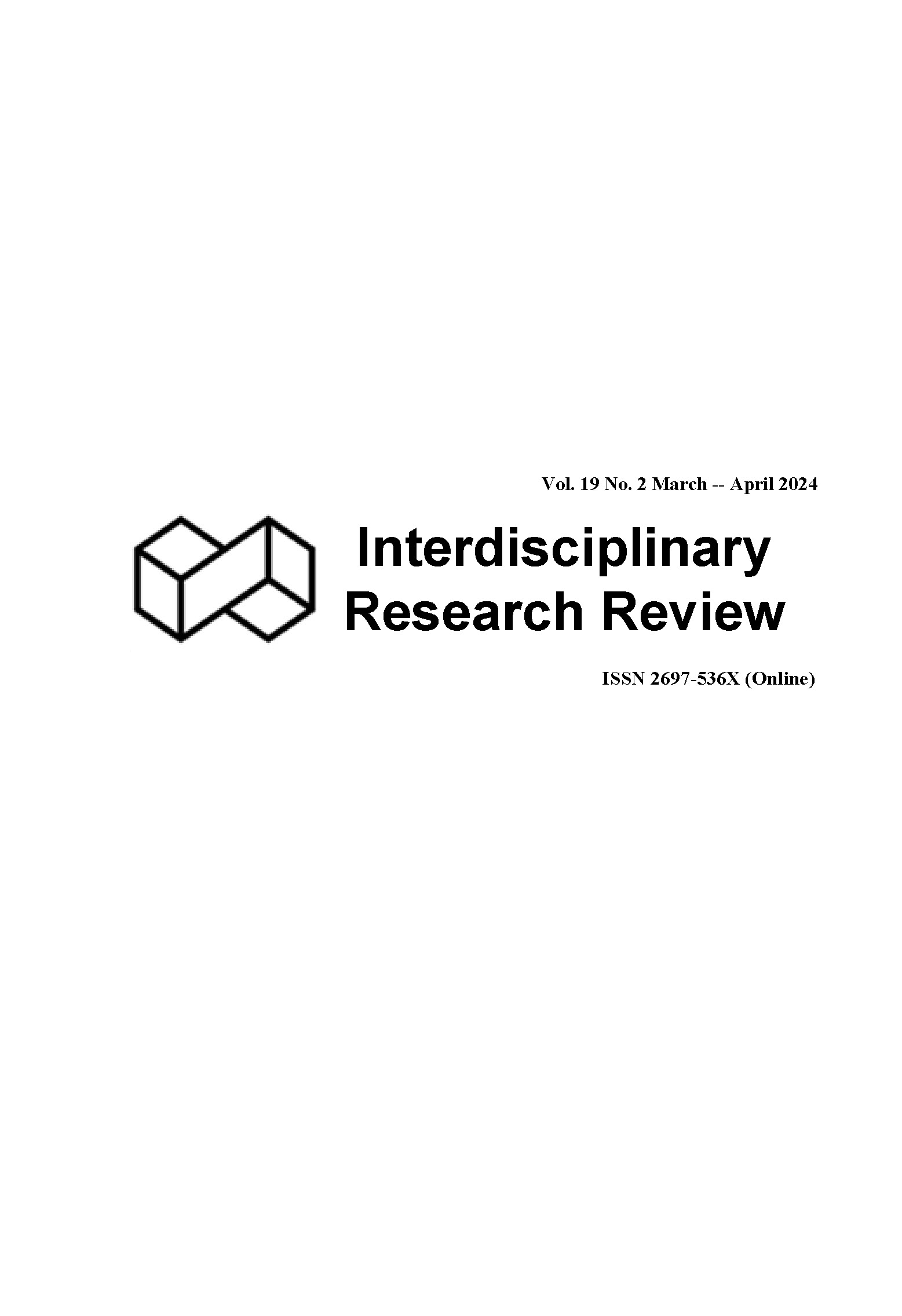Prevalence and Associated Factors of Dementia among the Older People in Chiang Mai Province
Main Article Content
Abstract
This cross-sectional descriptive study investigated the prevalence and associated factors of dementia among older people in Saraphi District, Chiang Mai Province. A sample of 877 older people residing in Nong Phueng, Yang Noeng, and Saraphi Subdistricts was selected using purposive sampling method. Data were collected using a questionnaire to obtain general background information and the Thai version of the Mini-Mental Status Examination. Statistical analysis included frequency, percentage, chi-square test, and Fisher's exact test.
The result revealed that the prevalence of dementia was 15.39%, with 84.61% of participants being non-demented. Significant factors associated with dementia included current employment status, personal health conditions, smoking, alcohol consumption, exercise, and social activity participation. Factors not associated with dementia were gender, marital status, education, previous occupations, brain injury, food supplementation, family history of dementia, and hobbies.
The study identified a substantial prevalence of dementia among the older people in Saraphi District. The associated factors highlight the importance of addressing modifiable risk factors and providing tailored interventions to prevent and manage dementia in Saraphi District, Chiang Mai Province.
Article Details

This work is licensed under a Creative Commons Attribution-NonCommercial-NoDerivatives 4.0 International License.
References
W. Aekplakorn, et al., The Report of Thailand population health examination survey IV, Bangkok: The graphic Systems Co.,Ltd, 2009.
S. F. U. Akter, et al., Dementia: Prevalence and risk factors. International Review of Social Sciences and Humanities, 2(2) (2012) 176-184.
W. Suwanrada, et al., The preliminary report of long term care service for the elderly, Bangkok: Saksopa Publishing Co.,Ltd, 2010.
S. Khannok, Dementia, Available from http://www.dmh.go.th/downloadportal/morbidity/ dementia.pdf, 2015.
P. Doungkaew, S. Taneepanichskul, Prevalence of Dementia among Elderly in Taiban Sub-District of Samutprakarn Province, Thailand, Journal of Health Research 28(3) (2014) 151-157.
L. Panakorn, et al., Factors Influencing Dementia in Elderly Women in Lamphun Province, Journal of Public Health, 45(1) (2015) 197-209.
A. Suwan, S. Trakrusitichok, Prevalence and Factors Associated with Dementia among Elderly in Lukhok Subdistrict, Muang District, Pathumtani Province, Journal of Association of Private Higher Education Institutions of Thailand, Bangkok 5(2) (2016) 21-32.
C. Thongwachira, S. Thophon, R. Kwanyuen, S. Niputhuttapong, Research to prevalence associated factors of dementia among the elderly and develop handbook of health education: A case study in Bang Phlat District, Bangkok: Suan Dusit University, 2016.
P. Pibarnwong, et al., A study of dementia and factors associated with dementia among elderly in North East, JOBCNSUR, 8(2) (2018) 46-57.
P. Sukchan, K. Niyomdecha, D. Srichaisuwan, Factors Related to Dementia among Elderly Persons in Thailand: A Systematic Review, Princess of Naradhiwas University Journal, 14(1) (2022) 276-292.
M. Baumgart, et al., Summary of the evidence on modifiable risk factors for cognitive decline and dementia: A population-based perspective, Alzheimers Dement, 11(6) (2015) 718-726.
National Statistical Office of Thailand, The number of population categorized by age, sex, and region, Available from http://statbbi.nso.go.th/staticreport/page/sector/th/01.aspx (assessed 30 Jan 2023).
R. Namchantra, Rehabilitation of Elders with Dementia, HCU. Journal, 14(27) (2010) 137-150.
The Institute of Geriatric Medicine, Medical technology assessment: The comparison of Thai Mental State Examination and Mini Mental Status Examination in Thai version 2002 for screening the elderly with dementia, Bangkok: The Institute of Geriatric Medicine, 2008.
S. Trakulsithichoke, A. Suwan, Effects of a cognitive stimulation program on the cognitive abilities and ability to perform the activities of daily living in elders who are at risk of or have dementia,Thai Red Cross Nursing Journal, 9(2) (2016) 145-158.
C. Duangchan, D. Yodthong, P. Dechduang, The Prevalence and Predicting Factors of Dementia among Older People Living in Community, Phetchaburi Province, Journal of Prachomklao College of Nursing, Phetchaburi Province, 3(2), (2020) 133-148.
R. N. Kalaria, Vascular basis for brain degeneration: faltering controls and risk factors for dementia, Nutr Rev, 68(2) (2010) 74-87.
D. K. Jeppesen, et al., DNA repair deficiency in neurodegeneration, Prog Neurobiol, 94(2) (2011) 166-200.
C. Imarb, Quality of Life among the Elderly in Watphleng District, Ratchaburi Province, Medical Journal, 39(1) 2020 65-77.
V. Muangphaisan, Dementia: Prevention, assessment and care, Bangkok: Phappim, 2013.
N. Nanthakwang, J. Wongma, Prevalence of Dementia in the elderly with Hypertension in rural Chiang Mai, Thailand, Journal of Health Sciences Scholarship, 4(1) (2017) 5-12.
S. Lertkrathok, Prevalence and Factors Associated with Dementia among Elderly People in Oraphim Subdistrict, Khonburi District, Nakhonratchasima Province, Journal of Public Health, 43(1) (2013) 42-54.
E. P. Handing, et al., Midlife Alcohol Consumption and Risk of Dementia Over 43 Years of Follow-up: A population-based study from the Swedish twin Registry, J Gerontol A Biol Sci Med Sci, 70(10) (2015) 1248-1254.
W. Xu, et al., Meta-analysis of modifiable risk factors for Alzheimer’s disease, J Neurol Neurosurg Psychiatry, 86(12) (2015) 1299-1306.


